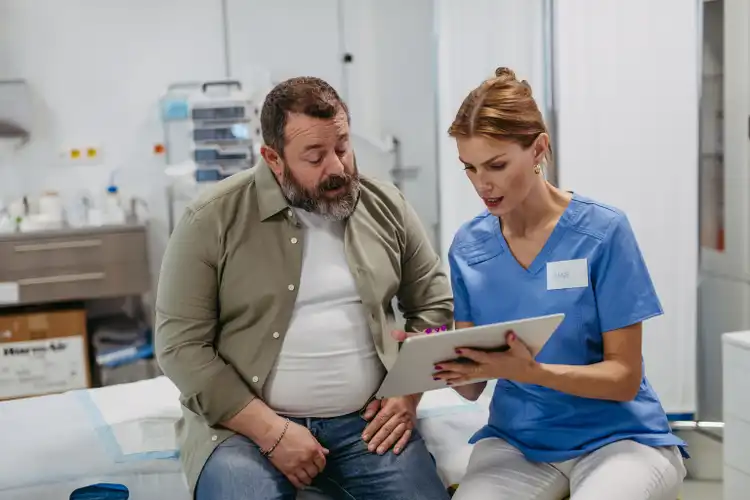
Introduction
GLP-1 (Glucagon-like peptide-1) treatments are increasingly used for managing conditions like type 2 diabetes and obesity. This article explores what GLP-1 treatment involves, its benefits, potential side effects, and what individuals can expect from this type of therapy.
Understanding GLP-1 Treatment
GLP-1 is a hormone that plays a crucial role in regulating blood sugar levels and appetite. Specialist in medical treatments, synthetic versions called GLP-1 receptor agonists are used to mimic this hormone’s effects in the body. These treatments are administered via injections and are designed to enhance insulin secretion, reduce glucagon release, and slow down gastric emptying.
Benefits of GLP-1 Treatment
GLP-1 treatments offer several benefits for patients. They help improve blood sugar control without causing hypoglycemia, aid in weight loss by reducing appetite and promoting satiety, and may even protect cardiovascular health by lowering blood pressure and improving lipid profiles.
What to Expect During GLP-1 Treatment
During GLP-1 treatment, patients may experience changes in appetite, particularly reduced cravings and feelings of fullness sooner after meals. Blood sugar levels typically improve, leading to better energy levels and reduced fatigue. Regular monitoring of blood sugar and occasional adjustments in dosage may be necessary to achieve optimal results.
Potential Side Effects
Like any medication, GLP-1 basic treatments can have side effects. These may include nausea, vomiting, diarrhea, and abdominal discomfort, especially during the initial weeks of treatment. These symptoms usually diminish over time as the body adjusts to the medication.
Conclusion
GLP-1 treatment offers a promising option for people with type 2 diabetes and those looking to lose weight. By understanding how the treatment works, its benefits, potential side effects, and tips for maximizing its effectiveness, you can make informed decisions about your health. Always consult with your healthcare provider before starting any new treatment to ensure it is appropriate for your individual needs. If you’re interested in learning more about GLP-1 treatment and how it can help you, visit this link for additional information and resources on a weight loss product.
FAQs about GLP-1 Treatment
1. What are GLP-1 receptor agonists? GLP-1 receptor agonists are medications that mimic the action of the natural hormone GLP-1. They are used to treat type 2 diabetes and obesity.
2. How do GLP-1 treatments help with weight loss? GLP-1 treatments help with weight loss by reducing appetite and promoting feelings of fullness after meals.
3. Are GLP-1 treatments suitable for everyone with type 2 diabetes? GLP-1 treatments are typically prescribed for individuals with type 2 diabetes who have not achieved adequate blood sugar control with other medications.
4. What are the common side effects of GLP-1 treatment? Common side effects include nausea, vomiting, diarrhea, and abdominal discomfort, especially at the beginning of treatment.
5. How often do I need to take GLP-1 treatments? GLP-1 treatments are usually administered once daily or once weekly, depending on the specific medication prescribed.